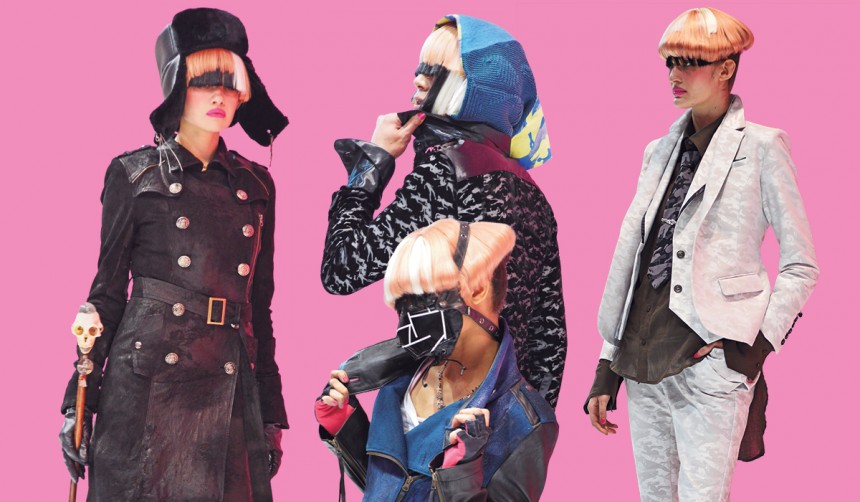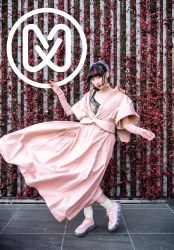
Fashion brand h.NAOTO, helmed by gothic maestro Naoto Hirooka, was back on the Tokyo Fashion Week schedule after a five-year absence, with a full runway show. Those five years have seen h.NAOTO continue on their path to becoming the face of Japanese gothic on the world stage. Additionally, the brand has been on a mission to bridge global subcultures with Japan, most recently with their “Steam” line that offered a uniquely Japanese interpretation of steampunk. However, as the fashion show would prove, h.NAOTO’s aspirations don’t stop there. Not only did the runway debut the new line “h.ism,” which unites fashion with art, illustration, and music; it also revealed that the location for the show would become the new base for the brand’s operations. Echoing the theme of the h.ism line, work from here will go far beyond fashion to incorporate music, art, and events into the brand’s output. After all, the clothes—born as they are of the surrounding culture and more importantly the people who wear them—don’t exist in isolation … and never have.
This new trajectory was immediately evident at the runway show, with not only h.NAOTO’s acolyte fans out in full force—more so than at any other designer’s fashion show during the week—but also a brooding electronic soundtrack courtesy of TAKT’s Tsunoda Takanori and illustrations produced by the best of the Tokyo gothic underground adorning the majority of looks. The communal approach extended to the show’s warehouse venue, which will go on to be used as a recording studio, graphic design center, art gallery, music venue, and much more for the h.NAOTO universe. It’s a step away from an urban cult by anyone’s standards, but such is the draw of h.NAOTO, with even fans from abroad having made the pilgrimage specifically for the show.
On the fashion itself, we find h.NAOTO at his most daring with a military-themed collection reinterpreting the motifs of modern warfare through a sardonic lens. His gang of soldiers wore a camouflage print which, on closer inspection, was revealed to be made of images of their victims’ dead bodies. Flashes of white and red stood out as bone and blood injuries before eventually being mixed to form a shade of pink—a grotesque reflection on kawaii culture in parts sure to draw a new generation of disillusioned young disciples to his cause.







